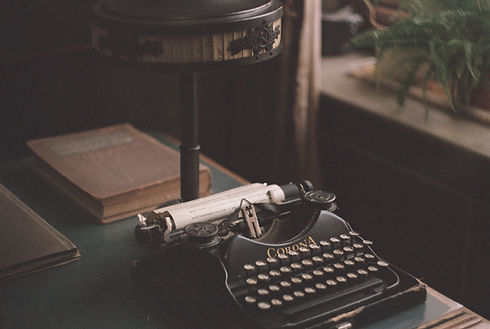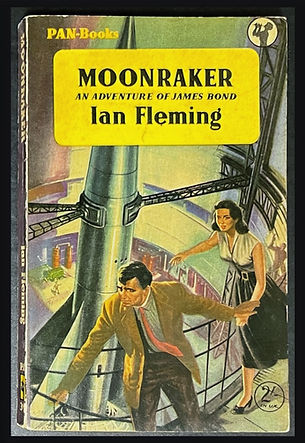FIRST EDITION BOOKS
Online rare book store | The Fine Art Hut
View our Collection of First Edition Books
At The Fine Art Hut Fine we offer a large selection of first edition books for sale, including well-known authors, famous titles; and interesting topics.
Buy first edition books online today at The Fine Art Hut

As an example, the first edition of Harry Potter and the Philosopher’s Stone, published on 30 June 1997 by Bloomsbury, featuring the print run number 10 9 8 7 6 5 4 3 2 1 is worth tens of thousands of dollars, principally because of the popularity of the Harry Potter series and that only 500 copies of the book were initially published.


First Edition Books
In publishing terms, an “edition” means that all copies of a particular book are printed from the same type setting, that is, each copy of the book is printed with the same spacing between words and letters, the font type and font size are all consistent, the pages in the book have identical margins and the overall layout of each copy of book is uniform.
When discussing “first edition” books there can be some technicalities in determining exactly what is a first edition. A first edition book is usually when publishers and book collectors are referring to the first print run of the edition (sometimes called the "first edition, first impression"). The “print run” is the number of copies of the book that are printed and published at any one time. For example, a book could be released with an initial print run of 10,000 copies.
The print run may be limited in the copies produced on the basis the publisher and author maybe unsure of the popularity of a particular book. To help minimise costs, a limited print run number would be agreed upon.
Books can go through a second or more print runs if there is extra consumer demand for a particular book. If the subsequent printing of the book is with the same typeset the book would be described as a first edition, second printing.
On the other hand, if the second print run contains further edits, author notes or additional material, then the book would be described as the second edition.
A first edition is a book that has been printed and distributed commercially for the first time. It is the initial release (or first printing) of the book to the public that is regarded as the first edition.
How to Identify a First Edition Book
The copyright page of a book often provides useful information in assessing whether a book is a first edition. The details to look for include:-
-
if the date on a copyright page matches the date on the title page, it's likely that the book is a first edition;
-
if the publisher has used the 'First Edition', 'First Printing', 'First Impression' or similar on their copyright page;
-
whether the book contains what is referred to as a “printer’s key” (or number line) on the copyright page. The printer’s key may look like:
-
1 2 3 4 5 6 7 8 9 10; or
-
2 4 6 8 10 9 7 5 3 1; or
-
Other number arrangement
-
if a one (1) is present in the line then the book is considered a first edition.
Are First Editions Valuable?
First editions are often collected because they are the first version of the book available to readers, incorporating the original dust covers, artwork, and language used by the author. And although every book published will have a first edition, this does not necessarily mean that all first edition books are considered valuable or sought after by book collectors.
Increased value for first editions can be attributed to:
-
the initial print run only producing a small number of copies;
-
the book was a bestseller;
-
the author is popular or well-known;
-
older first editions becoming rarer, due to books being destroyed, lost, damaged, etc over time

_edited.jpg)















